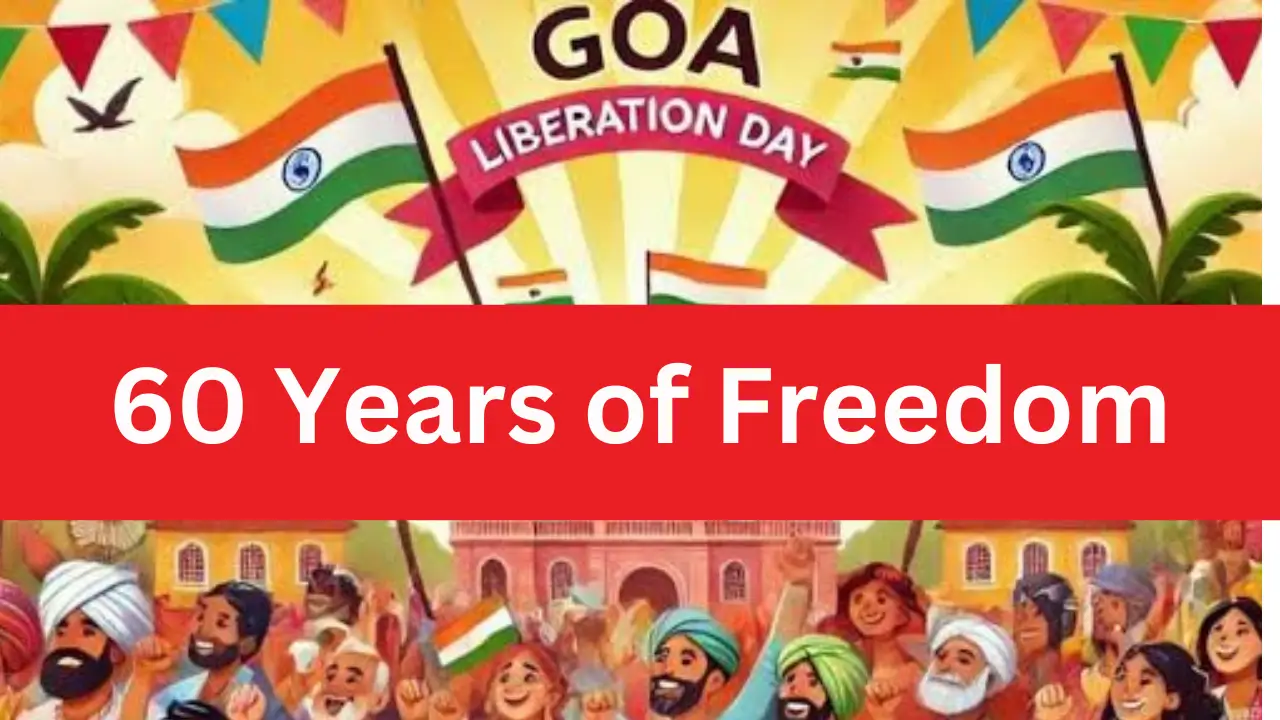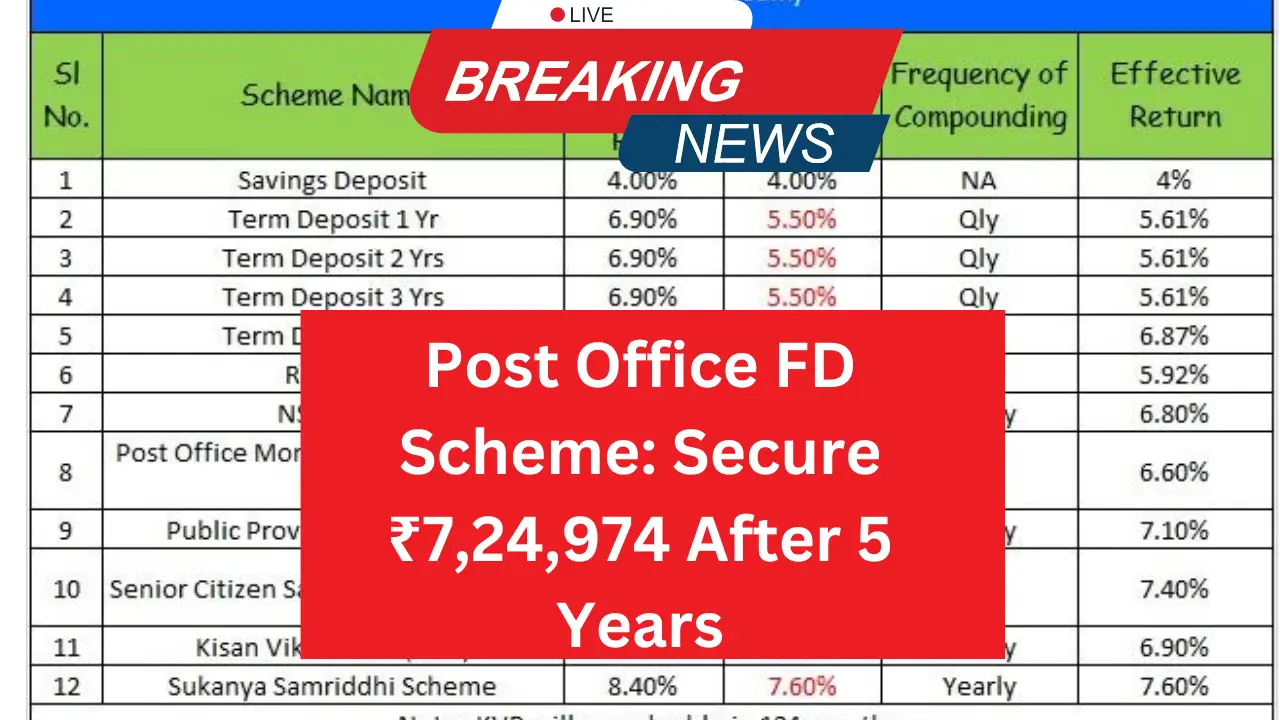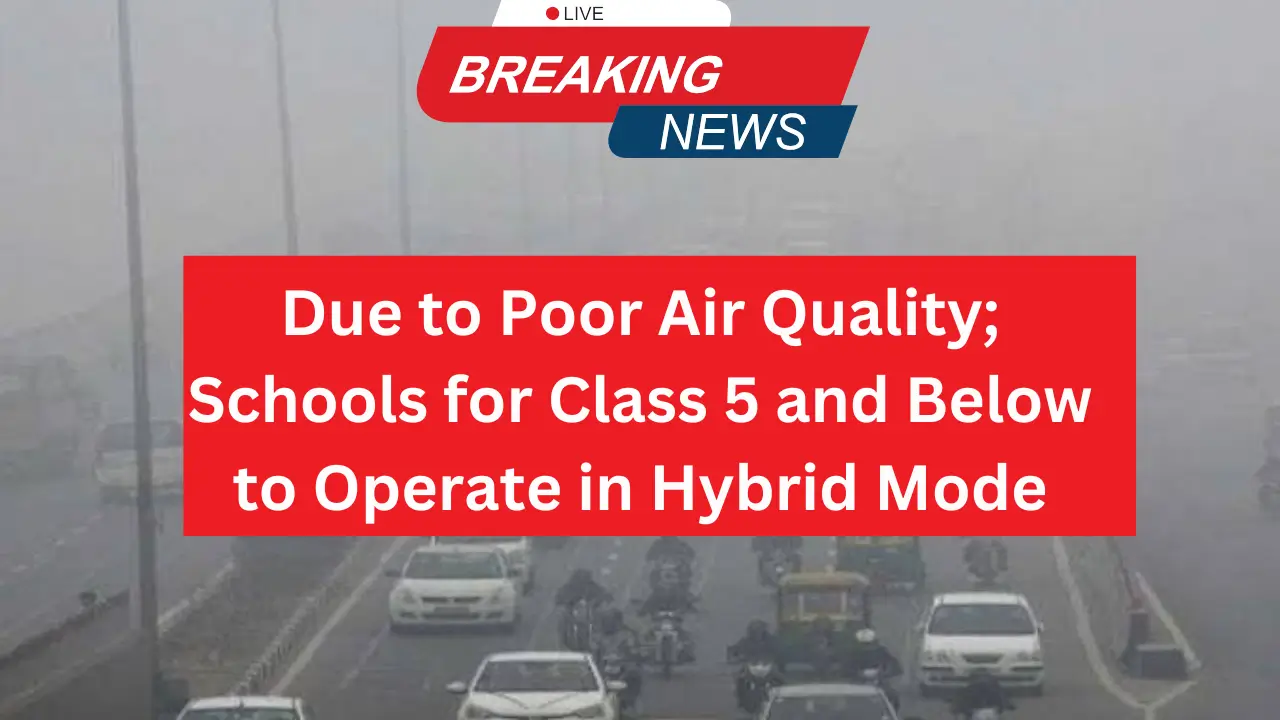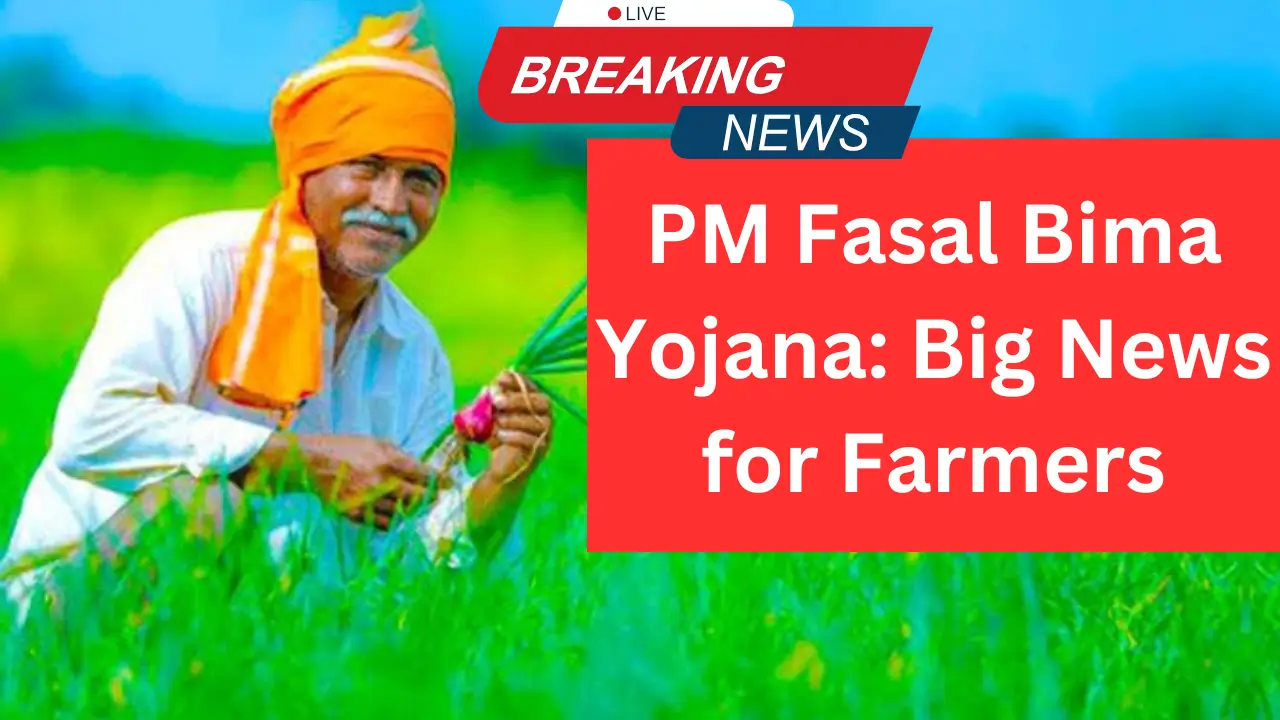Goa Liberation Day: 60 Years of Freedom – How the Historic Event Transformed India’s Coastal Paradise

Goa Liberation Day is a significant event celebrated annually on December 19. This day marks the liberation of Goa from Portuguese colonial rule in 1961, ending over 450 years of foreign domination. The day is a reminder of the sacrifices made by countless individuals who fought for freedom and the cultural heritage that defines Goa today. This article will delve into the history, significance, celebrations, and key facts about Goa Liberation Day.
Historical Background
Portuguese Rule in Goa
The Portuguese first arrived in Goa in 1510, led by Afonso de Albuquerque. They defeated the local rulers and established a colony that would last for centuries. Over time, Goa became an important trading post for spices and other goods, leading to significant cultural influences.
- Colonial Impact: The Portuguese introduced Christianity, which significantly influenced Goan culture. Churches and cathedrals were built, many of which remain iconic landmarks today.
- Goa Inquisition: The infamous Goa Inquisition began in 1560, targeting Hindus and Muslims who converted to Christianity. This period was marked by oppression and forced conversions.
Despite India’s independence from British rule in 1947, Goa remained under Portuguese control. The struggle for liberation intensified during this period, with various movements emerging to challenge colonial authority.
The Fight for Freedom
The movement for Goa’s liberation gained momentum in the early 20th century:
- Early Movements: Leaders like Tristão de Bragança Cunha and Ram Manohar Lohia emerged as prominent figures advocating for Goan independence.
- Public Sentiment: The desire for freedom grew among the Goan population, leading to protests and demonstrations against Portuguese rule.
Operation Vijay
The turning point came in December 1961, when India launched a military operation named Operation Vijay to liberate Goa:
- Military Action: On December 18, Indian armed forces commenced Operation Vijay, involving land, sea, and air forces.
- Duration: The operation lasted approximately 36 hours, resulting in the swift surrender of Portuguese forces.
- Outcome: On December 19, 1961, Goa was officially declared free from Portuguese rule.
Significance of Goa Liberation Day
Goa Liberation Day holds immense significance for the people of Goa and India:
- End of Colonial Rule: The day symbolizes the end of over four centuries of colonial oppression.
- Cultural Identity: It marks the beginning of a new era where Goans could embrace their cultural identity without foreign interference.
- National Integration: The liberation of Goa completed India’s integration as a nation by bringing all territories under Indian governance.
Celebrations and Observances
Goa Liberation Day is celebrated with great enthusiasm throughout the state:
- Ceremonial Events: The day begins with ceremonial flag hoisting at various locations, including government offices and public squares.
- Parades and Marches: Parades showcasing military might and cultural performances take place in major cities like Panaji.
- Tributes to Martyrs: People pay homage to freedom fighters who sacrificed their lives during the struggle for independence by laying wreaths at memorials.
Cultural Programs
The celebrations also include cultural programs that highlight Goa’s rich heritage:
- Traditional Music and Dance: Performances featuring traditional Goan music like dholki and dances like dekhnni are organized.
- Art Exhibitions: Local artists showcase their work, reflecting Goan culture and history.
Key Facts About Goa Liberation Day
Here are some important facts related to Goa Liberation Day:
| Fact | Details |
| Date of Celebration | December 19 |
| Year of Liberation | 1961 |
| Operation Name | Operation Vijay |
| Duration of Operation | Approximately 36 hours |
| Significant Leaders | Tristão de Bragança Cunha, Ram Manohar Lohia |
| Statehood Granted | May 30, 1987 |
The Journey After Liberation
Transition to Statehood
After liberation, Goa initially became a Union Territory along with Daman and Diu. It wasn’t until May 30, 1987, that Goa was granted full statehood:
- Political Structure: As a state, Goa has its own legislative assembly and greater autonomy in governance.
- Development Initiatives: Post-liberation, various development initiatives were launched to improve infrastructure, education, and healthcare.
Economic Growth
Since liberation, Goa has transformed into one of India’s most prosperous states:
- Tourism Hub: Known for its beautiful beaches and vibrant culture, tourism has become a major economic driver.
- Cultural Heritage Preservation: Efforts have been made to preserve Goan culture through festivals and heritage sites.
Challenges Faced Post-Liberation
While liberation brought many benefits, it also posed challenges:
- Cultural Identity Crisis: The influx of tourists sometimes led to concerns about preserving local culture.
- Environmental Issues: Rapid development has raised environmental concerns regarding land use and sustainability.
Conclusion
Goa Liberation Day is not just a day to celebrate freedom; it is a reminder of the resilience and determination of the Goan people. It marks an important chapter in India’s history where the fight against colonialism culminated in victory. As we commemorate this day each year on December 19th, it is essential to remember the sacrifices made by those who fought for liberty and to celebrate the rich cultural heritage that defines Goa today.
The celebrations serve as a reminder that freedom comes at a cost but also brings opportunities for growth and development. As we look forward to future generations enjoying the fruits of this hard-won freedom, it is crucial to honor our past while striving for a better future.
Disclaimer:This article provides an overview of Goa Liberation Day based on available information regarding its history, significance, and celebrations. For detailed guidelines or specific inquiries about events related to this day or its historical context, please consult directly with local authorities or historical sources before making any conclusions or decisions related to this topic.
 Mahtari Shakti Rin Yojana: Get a Loan of ₹25,000 Without Any Guarantee
Mahtari Shakti Rin Yojana: Get a Loan of ₹25,000 Without Any Guarantee  Post Office FD Scheme: Secure ₹7,24,974 After 5 Years with a Single ₹1 Lakh Investment – Learn How
Post Office FD Scheme: Secure ₹7,24,974 After 5 Years with a Single ₹1 Lakh Investment – Learn How  Delhi Schools: GRAP-3 Implemented Again Due to Poor Air Quality; Schools for Class 5 and Below to Operate in Hybrid Mode
Delhi Schools: GRAP-3 Implemented Again Due to Poor Air Quality; Schools for Class 5 and Below to Operate in Hybrid Mode  PM Fasal Bima Yojana: Big News for Farmers – Get Compensation for Crop Loss!
PM Fasal Bima Yojana: Big News for Farmers – Get Compensation for Crop Loss!  PM Kisan Tractor Yojana: A Special Offer for Farmers
PM Kisan Tractor Yojana: A Special Offer for Farmers